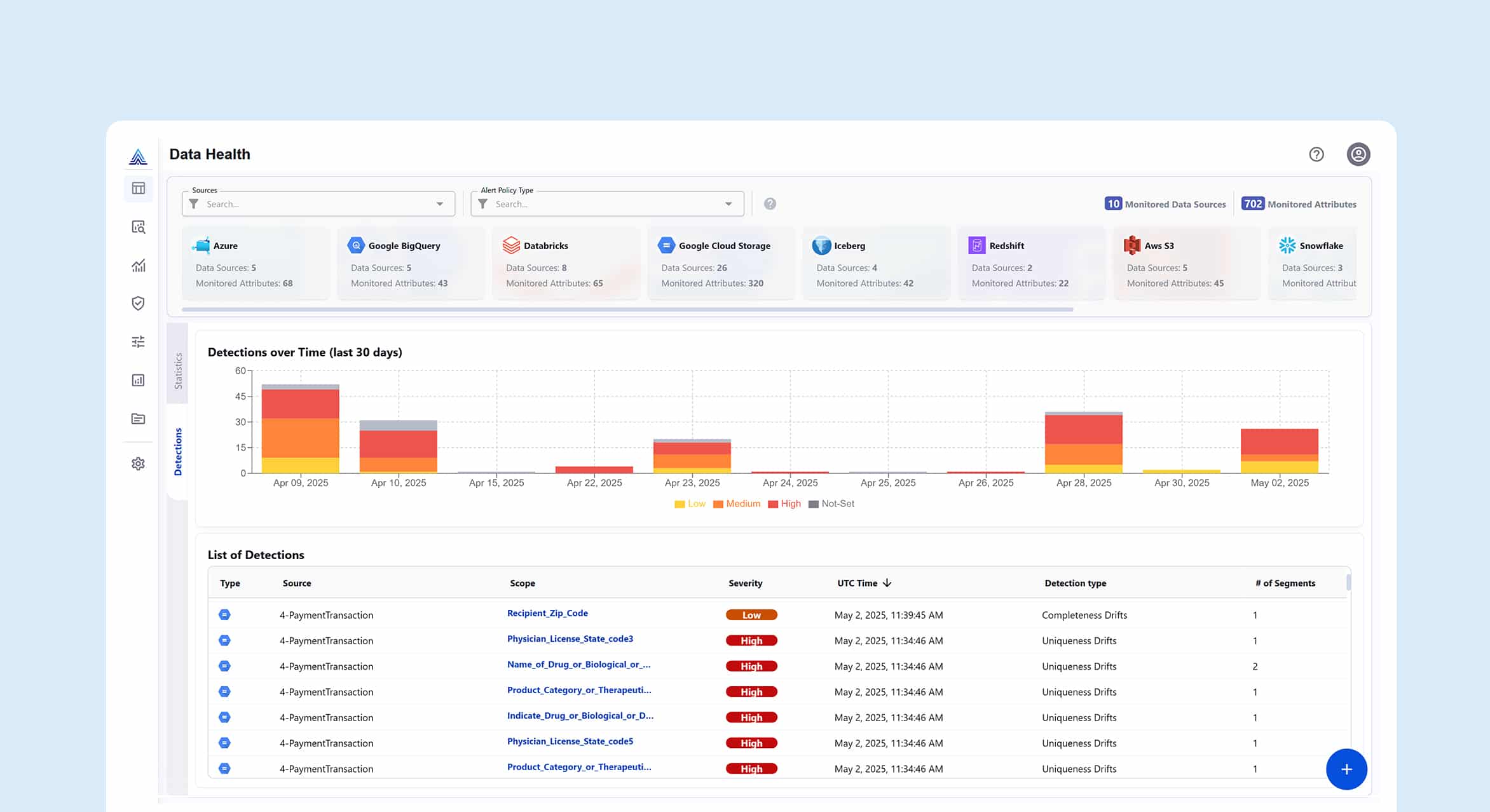The Power of Data in Overcoming Customer Churn
Becky Staker
November 28, 2023

Retaining customers is a high priority and a constant challenge for businesses. Today’s customers expect frictionless and consistent experiences across all channels. They also expect you to anticipate and meet their needs. If you don’t, they are likely to switch to a competitor. Likewise, if you miss market trends, which can change incredibly fast, or don’t provide the benefits, features, and services customers want, you run the risk of losing them. Just a single bad experience may be all it takes for a customer to leave. If poor experiences pile up, your risk of customer churn increases. Delivering the right experiences to build customer loyalty requires you to truly know your customers. How do you do that? By analyzing data and building a real-time view of customers.
Take a Data-Driven Approach to Customer Retention
The first step in overcoming customer churn is to integrate customer data and perform analytics. You need to bring together all relevant data, including social media data, on a single platform to gain a complete customer view. Building 360-degree profiles can reveal the insights needed to understand customer behaviors, preferences, buying habits, and other critical information. Analytics can then identify customers at risk of churn based on customer journeys and other information.
Getting accurate, granular information allows you to determine if there are issues with customer service, customer experiences, product design, or another area that is negatively impacting customers. This critical step alerts you to any major issue that’s turning away customers, so you can address it and mitigate churn. Customer churn analysis lets you predict which customers are at risk. Data analytics looks for factors that can signal customers may be likely to leave, such as:
- Long periods of inactivity, including no longer using a service, not opening emails from the organization, and not visiting the company’s website. A sudden and prolonged drop in interaction is a red flag.
- Negative feedback and complaints from customers. This can include direct feedback to call centers or from surveys, or indirect feedback in social media posts. Unhappy customers are likely to leave.
- Subscription services are reaching their expiration date. This is the critical time when customers decide if they want to recommit to your service. It’s an opportune time to engage them and nurture the next phase of their customer journey.
- Cancellations or non-renewals of subscriptions, memberships, or contracts. You can reach out to these customers, and maybe offer a discount or other exclusive incentive, to entice them back as a customer.
Creating a retention strategy allows your organization to have an established process for identifying customers likely to churn, and offering a course of action.
Engage At-Risk Customers Early
Once you’ve identified customers who are likely to churn, the next step is to quickly engage them with timely, personalized, and relevant offers. In some cases, the right offer at the right time delivers the experience needed to rebuild customer loyalty. Data can reveal what motivates customers to take action, such as making a purchasing decision or visiting a particular page on a website. These insights can help you craft the right message to connect with at-risk customers. Going forward, you will need to establish the right cadence of engagement for each customer. This can be a delicate balance—too much and you could turn away the customer, while too little can result in missed opportunities. Using data to understand behavior patterns, such as the frequency at which a customer visits your site or opens your emails, can help inform how often you communicate with each individual.
Make Data Easy-to-Use to Inform Customer Retention Strategies
Some churn is to be expected, especially if you have an extremely large customer base with varying needs. At the same time, minimizing churn is less expensive than acquiring and onboarding new ones, and can also boost revenue. Bringing all data together on a single platform helps you better understand customers and what can lead to churn. You can learn from historic customer behaviors and patterns, customer surveys and feedback, and other data points that tell a story about what motivates customers to churn. Building customer profiles and analyzing large volumes of customer data requires a scalable platform, like the Actian Data Platform. It can help reduce customer churn by offering a complete and accurate picture of each customer to understand their wants, needs, and preferences—and predict what they’ll want next.
These views can identify high-risk customers and your highest-value customers, as well as all customers in between, so you can deliver the best offer to guide the next phase of their journey. This allows you, for example, to connect with those most likely to leave in order to retain them as customers, and also deliver tailored offers to the customers most likely to increase sales and grow revenue. The platform makes it easy for everyone across the business, including marketing, sales, and other departments to access, share, and analyze data to mitigate customer churn and improve experiences. Try the Actian Data Platform to see how it can drive outcomes for your business.
Additional Resources:
Subscribe to the Actian Blog
Subscribe to Actian’s blog to get data insights delivered right to you.
- Stay in the know – Get the latest in data analytics pushed directly to your inbox.
- Never miss a post – You’ll receive automatic email updates to let you know when new posts are live.
- It’s all up to you – Change your delivery preferences to suit your needs.
Subscribe
(i.e. sales@..., support@...)












